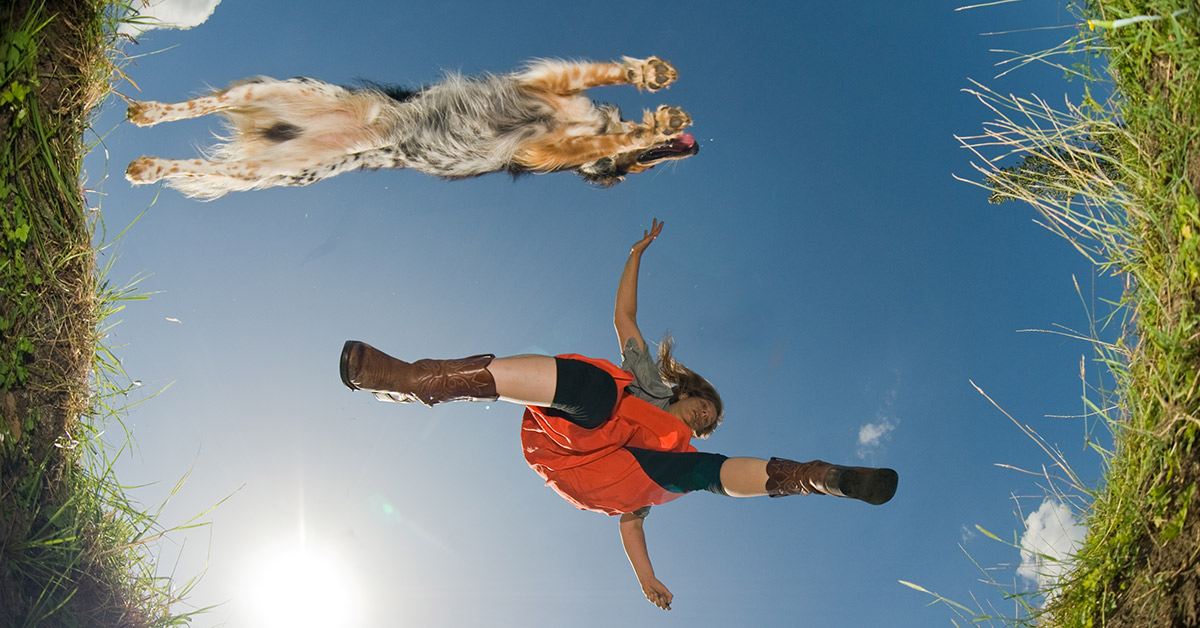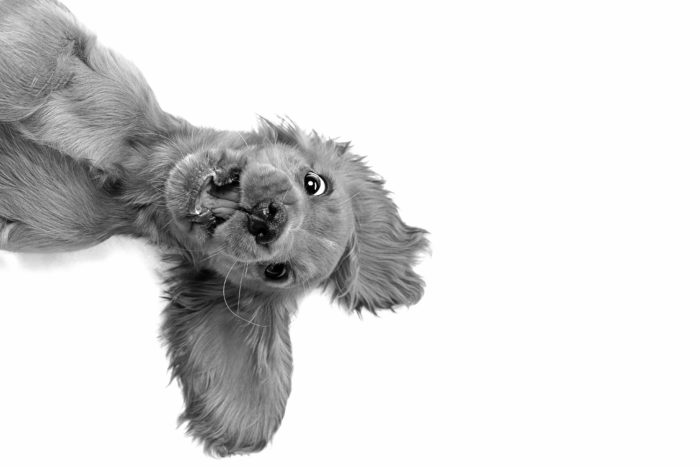See Me, Hear Me
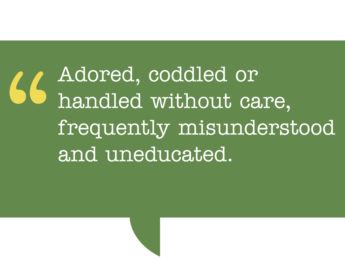 We all want to be heard and understood. I remember being at a workshop many years ago, can’t remember when or where, listening to Ian Dunbar (one of my heroes) tell a moving story about the sad fate of many dogs. In brief, I will recount it in my words. It’s the tale of many a puppy. Adored, coddled or handled without care, frequently misunderstood and uneducated. Moving into adolescence they become problematic, annoying and unmanageable. Perhaps from here delegated to the backyard. Problems gaining momentum until eventually the dog is surrendered to a shelter and who knows their fate from there. The odds are not looking good for this dog’s future. What if this dog had been educated early on and his folks knew how to help prepare, ‘prevent’ and/or deal with particular adolescent dog behavior?
We all want to be heard and understood. I remember being at a workshop many years ago, can’t remember when or where, listening to Ian Dunbar (one of my heroes) tell a moving story about the sad fate of many dogs. In brief, I will recount it in my words. It’s the tale of many a puppy. Adored, coddled or handled without care, frequently misunderstood and uneducated. Moving into adolescence they become problematic, annoying and unmanageable. Perhaps from here delegated to the backyard. Problems gaining momentum until eventually the dog is surrendered to a shelter and who knows their fate from there. The odds are not looking good for this dog’s future. What if this dog had been educated early on and his folks knew how to help prepare, ‘prevent’ and/or deal with particular adolescent dog behavior?
An Early Education Helps
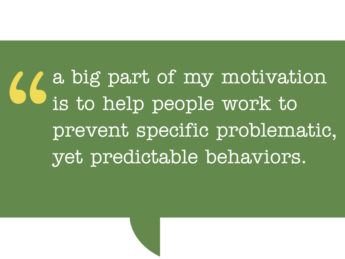 As a dog trainer who specializes in early education for puppies a big part of my motivation is to help the new puppy folks work to prevent specific problematic, yet predictable behaviors. Things like guarding behavior or not being comfortable having their nails trimmed. I teach my students what to pay attention to, how to set the dog up for success and how to do fun, simple exercises that may help prevent the behavior from developing. Another essential part of the process is that I help prepare people emotionally and theoretically that the adolescence stage is coming and with it particular behaviors. Adolescence begins when the dog reaches puberty and ends with social maturity. Different for all dogs, size matters, roughly talking 6 months through to about 3 years.
As a dog trainer who specializes in early education for puppies a big part of my motivation is to help the new puppy folks work to prevent specific problematic, yet predictable behaviors. Things like guarding behavior or not being comfortable having their nails trimmed. I teach my students what to pay attention to, how to set the dog up for success and how to do fun, simple exercises that may help prevent the behavior from developing. Another essential part of the process is that I help prepare people emotionally and theoretically that the adolescence stage is coming and with it particular behaviors. Adolescence begins when the dog reaches puberty and ends with social maturity. Different for all dogs, size matters, roughly talking 6 months through to about 3 years.
Growing Up Is Hard
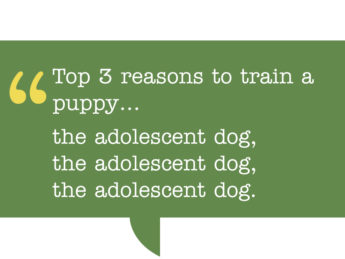 It is normal that your adolescent dog jumps, bites, and seems to have lost some of the behaviors you had previously thought were well established. There are lots of changes going on during this stage of development. Some you can measure, Such as adult teeth, others are not visible, hormones and brain development to name two. There are fear periods that the dog goes through as well, one or more coinciding with the adolescent stage of development. All of this combined can make for a trying time for your pup and for you.
It is normal that your adolescent dog jumps, bites, and seems to have lost some of the behaviors you had previously thought were well established. There are lots of changes going on during this stage of development. Some you can measure, Such as adult teeth, others are not visible, hormones and brain development to name two. There are fear periods that the dog goes through as well, one or more coinciding with the adolescent stage of development. All of this combined can make for a trying time for your pup and for you.
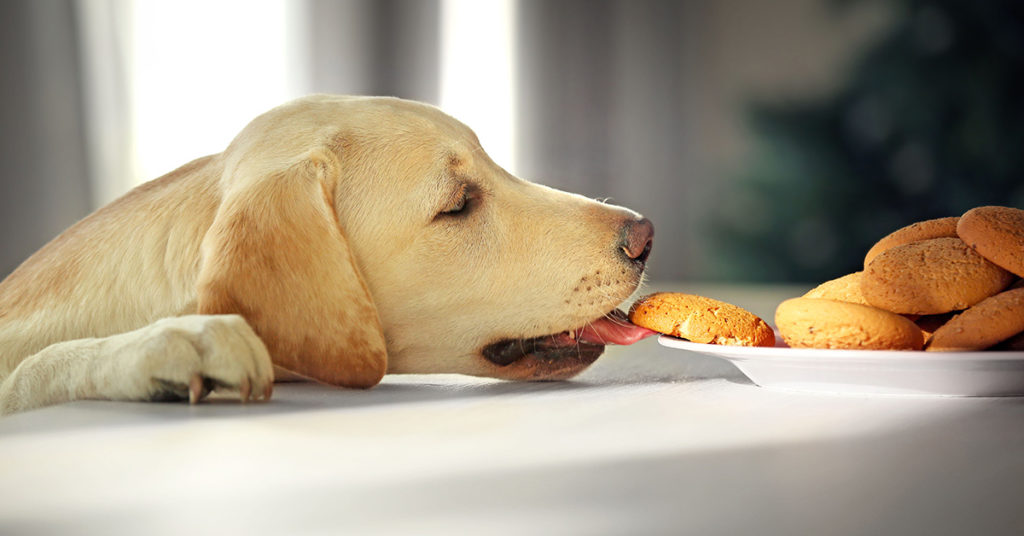
4 Tips To Help You Navigate Adolescence With Your Pup
Structure. Even though bathroom training might seem perfected don’t rush ahead of yourself and give your puppy too much freedom too soon. Structure in the form of crates and gates remains a helpful strategy for the adolescent dog.
Light Hearted Approach. Avoid showdowns. Keep training moving forward with a playful, fun tempo. Concentrate on moves your dog enjoys. Targeting behaviors – such as ‘go to your mat’, targeting your hand with their nose or using a paw to target different objects, eye contact, tug and short recalls on leash are all good bets.
Work-to-eat-toys and lots of games. Enriching opportunities for your dog to get his ‘dogginess on’ should be a priority. Experiment with dog puzzles, snuffle mats, hide and seek games and food-stuffed toys.
Calming massage and gentle handling. Calm voice, calm environment. While your dog is stretched out and relaxed try gently running your hand from nose to tail. There are lots of examples of dog massage you can explore on the Internet. Interacting with your dog this way will promote calm, comfort and bonding.
The top three reasons to train your puppy… the adolescent dog, the adolescent dog, the adolescent dog. This piece is dedicated to all the dogs that got the short end of the stick.

